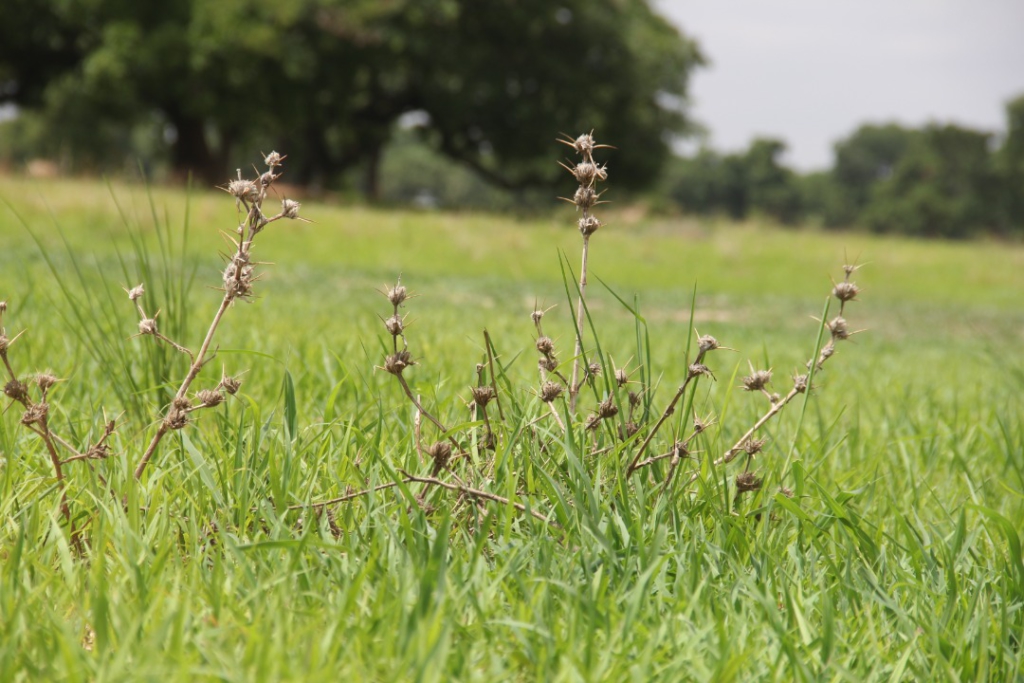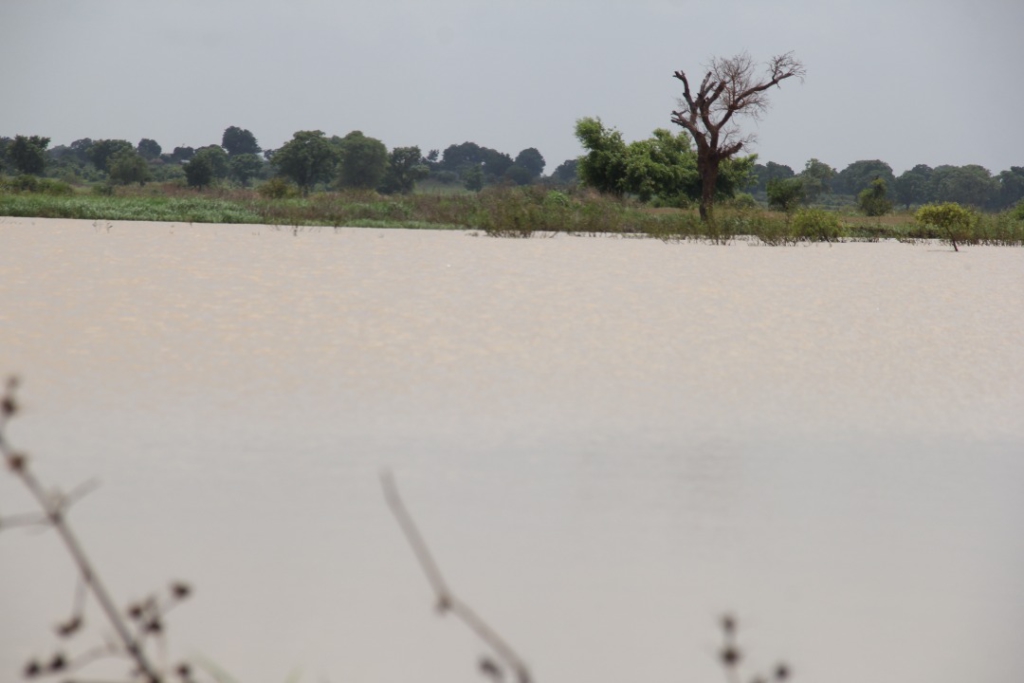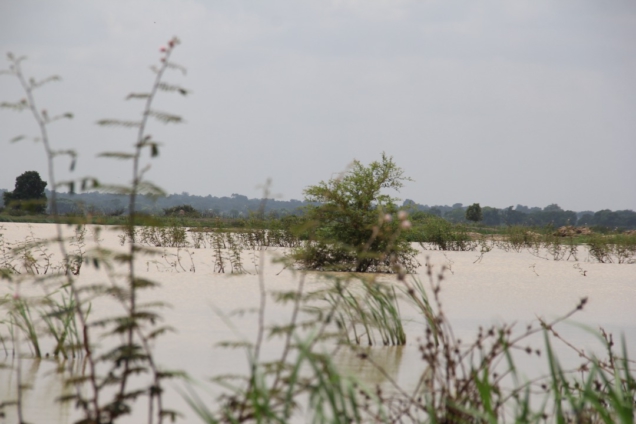The Food and Agriculture Organization (FAO) has released updated guidelines for estimating water use efficiency in agriculture.
The goal of the newly released publication, "Guidelines for the calculation of the agriculture water use efficiency for global reporting," is to help countries comprehend and calculate the agronomic parameters used in the calculation of the agricultural component of the Sustainable Development Goal (SDG) indicator 6.4.1 on the change in water use efficiency over time.
The publication offers a thorough explanation of the calculation procedure to assist nations in producing a more accurate estimation using their own national data.

The updated recommendations also include a detailed explanation of the calculation procedure for nations that have more complete and precise data on their primary crop areas and yields, as well as the minimal standard technique utilizing an approximated or default value suggested by FAO.
The three economic sectors are taken into consideration while computing the SDG indicator 6.4.1, "Change in water use efficiency over time." The International Standard Industrial Classification of all Economic Activities (ISICS) codes are used to identify the following sectors: agriculture, forestry, fishing, mining and quarrying manufacturing, electricity, gas, steam, and air conditioning supply, and building.
The guidelines are limited to the irrigated agriculture, livestock, and aquaculture sectors of the agricultural sector covered by the SDG 6.4.1 indicator.
As with the other sectors, the gross value added (GvA) for irrigated agriculture, livestock, and aquaculture and the amount of water used by these agricultural sub-sectors are compared in the computation of the irrigated agriculture, livestock, and aquaculture water use efficiency.
A future-looking scenario for food and agriculture from 2007 to 2050 is presented in the FAO perspective study "Agriculture towards 2030-2050." Under the assumptions of moderate economic growth and population dynamics, the supply and demand of the primary agricultural commodities, as well as the usage of fertilizers and natural resources, are forecast. The scenarios are based on yields and acreage under both irrigated and rainfed circumstances by country and crop in 2006.

The yield ratio, or the difference between rainfed and irrigated conditions, is estimated for each crop with data available in each country using the same baseline data from 2006.
The guideline offers a starting point for comprehending and evaluating the agronomic factors used to determine the SDG6.4.1 indicator for water use efficiency. It explains how to use the numerous irrigation-related data that are available in AQUASTAT and the yield ratio that the FAO has proposed as a first stage calculation of a country's portion of the agricultural GVA that can be attributable to irrigated agriculture.
The FAO-provided data can be accepted and used for inclusion in the 6.4.1 computation for nations with limited capacity. However, countries are permitted to utilize more precise national data in the FAOAQUASTAT questionnaire as well as in greater detail during a presentation of their voluntary National Review where it is clear that the data does not sufficiently reflect the situation in a country.
FAO advises countries that intend to use national data to calculate yield ratios to do so in accordance with the suggested methodology in order to ensure that the resulting ratios and, consequently, the SDG 6.4.1 indicators, can be compared internationally.
Latest Stories
-
Joy FM Prayer Summit for Peace ends in electrifying worship and prayer
6 hours -
The Conscience of Leadership: A call to President Akufo-Addo on Ghana’s environmental devastation
7 hours -
Ghanaian youth unaware of their right to hold politicians accountable – Youth Bridge Foundation
8 hours -
Judge delays Trump sentencing for a third time
8 hours -
2024 WAFCON: Ghana drawn against defending champions South Africa in Group C
9 hours -
Photos from DW-JoyNews street debate on ‘galamsey’
9 hours -
Mimmy Yeboah: Blending heritage with global sophistication, confidence redefined through couture
10 hours -
100 Most Influential People Awards 2024: Brain Hill International School’s Director Mary Anane Awuku honoured
10 hours -
Akufo-Addo commissions 97-km Tema-Mpakadan railway line
10 hours -
Majority requests recall of Parliament
10 hours -
Kanzlsperger and Professor Quartey support WAFA with medical Donation
10 hours -
Gideon Boako donates 10 industrial sewing machines to Yamfo Technical Institute
11 hours -
‘Golden Boy’ Abdul Karim Razak honored at WAFU-B general assembly
11 hours -
Buipewura Jinapor secures Vice Presidential position in National House of Chiefs with record votes
11 hours -
2024 election: I want results to come out like ‘milk and honey’ – Toobu
11 hours

